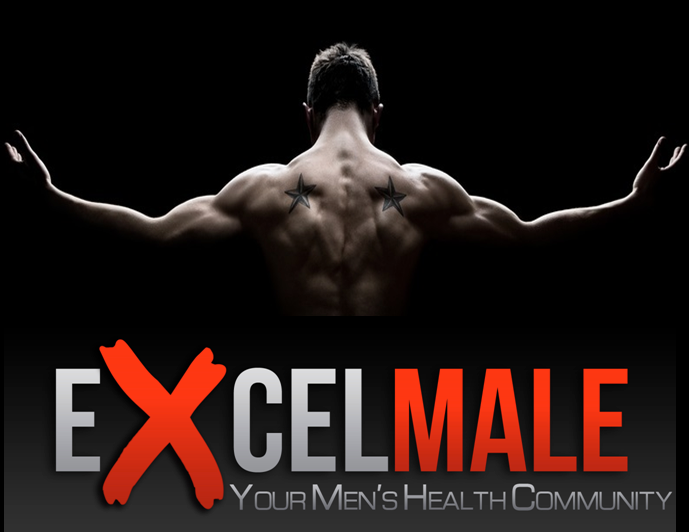Hair loss is one of those things that can feel so isolating, especially for women. But trust me, you’re not alone, and it’s not your fault. I had an amazing conversation with Dr. Omer Ibrahim, a dermatologist who’s just as passionate as I am about breaking down the stigma and getting real answers.
We talked about how deeply tied hair is to our identity and how hard it is when that starts to change. Dr. Ibrahim explained the common causes, like androgenetic alopecia, and how hormones like testosterone and DHT factor into it all. We also covered treatments you’ve probably heard of, like minoxidil, spironolactone, and finasteride, and newer, exciting ones like PRP and exosomes.
Takeaways
- Hair loss is a significant issue affecting 50% of women post-menopause.
- The emotional impact of hair loss is profound, especially for women.
- Preventative measures include minimizing damage to hair follicles.
- Nutrition plays a crucial role in maintaining hair health.
- Weight loss and medications can lead to hair loss due to nutritional deficiencies.
- PRP and exosome treatments show promise but require more research.
- Hormonal treatments for hair loss lack sufficient data.
- Misdiagnosis of hair loss conditions is common, particularly in women.
- DHT blockers like spironolactone and finasteride are used to treat hair loss.
- Consulting a dermatologist specializing in hair loss is essential.
Chapters
00:00 Introduction to Hair Loss and Its Importance
02:55 The Niche of Hair Loss in Dermatology
06:03 Understanding Women's Hair Loss
08:56 Preventative Measures for Hair Health
11:49 Nutrition and Hair Loss
14:46 The Role of Supplements in Hair Health
17:56 Innovative Treatments: PRP and Exosomes
20:48 Hormones and Hair Loss
24:10 Revisiting Terminology in Hair Loss
26:59 Conclusion and Future Directions
27:18 Understanding Androgenetic Alopecia
28:35 The Role of Testosterone in Hair Loss
29:49 Monitoring Hormone Levels
33:22 Exploring Minoxidil and Its Alternatives
37:13 DHT Blockers: Spironolactone and Finasteride
44:02 Misdiagnosis in Women's Hair Loss
48:17 Finding the Right Dermatologist













